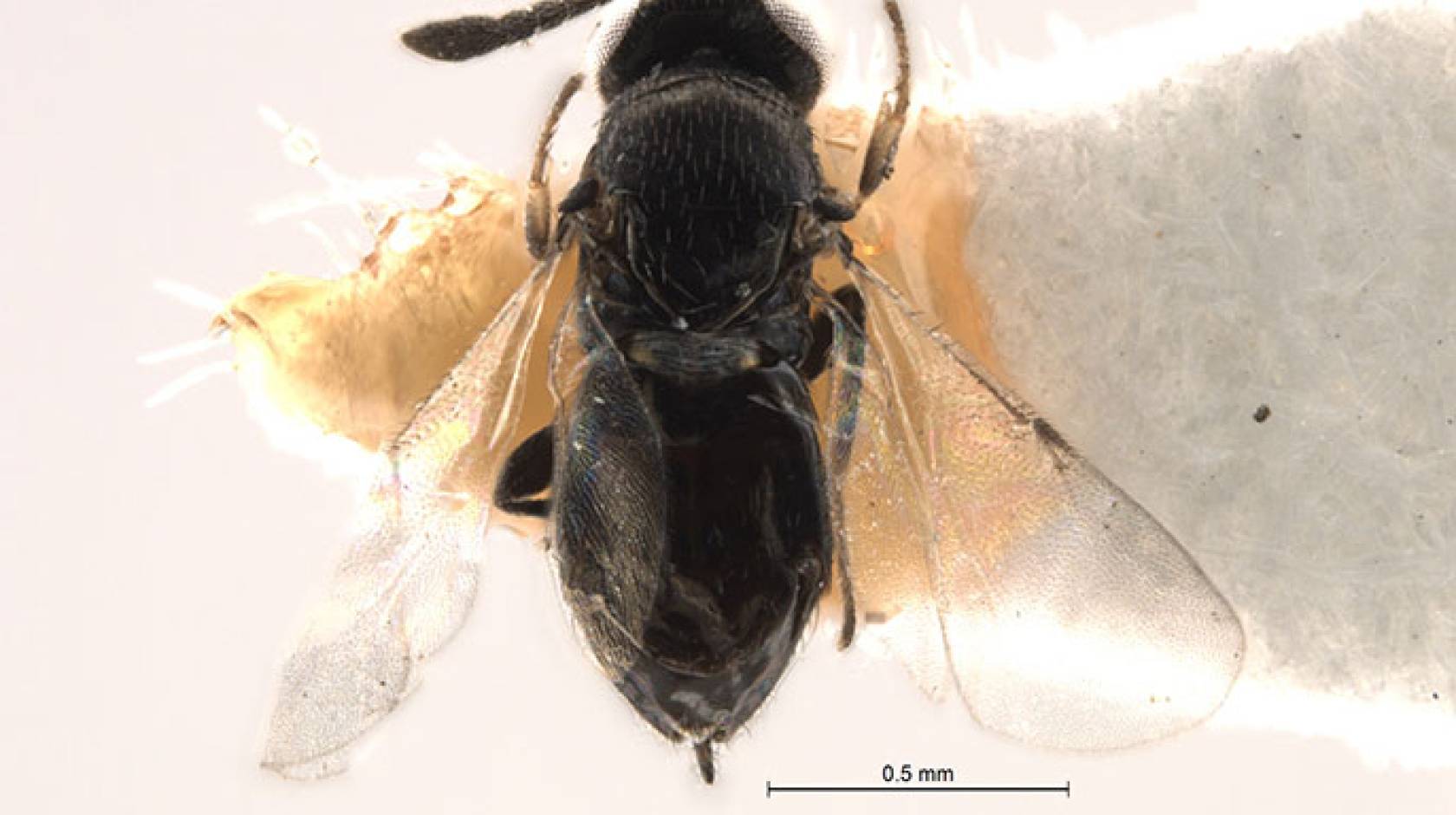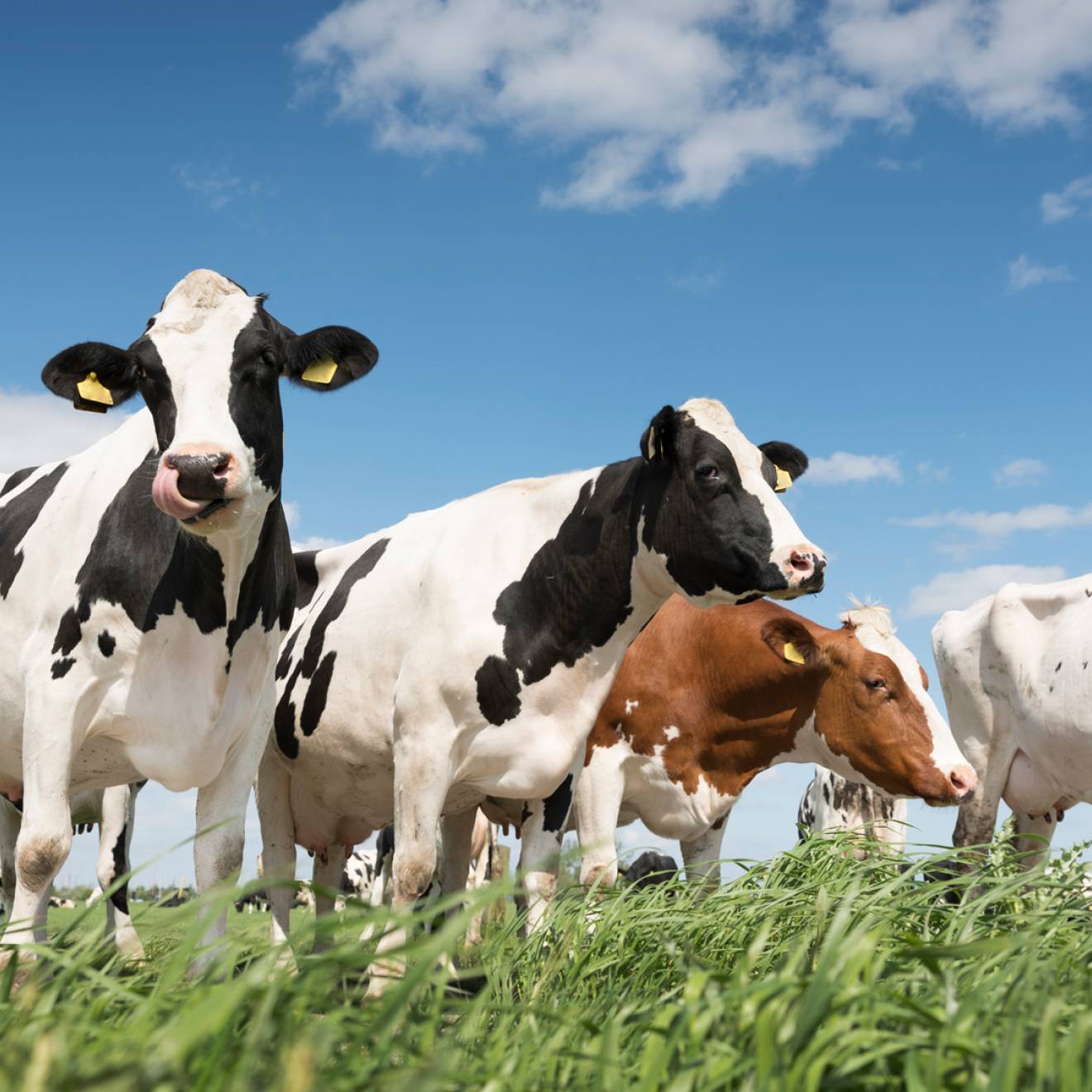Sean Nealon, UC Riverside

A species of wasp that is a natural enemy of a wood-boring beetle that kills black locust trees has been rediscovered, more than 100 years after the last wasp of this species was found.
The discovery is significant because the wood-boring beetle, known as the locust borer, is considered a serious pest that has discouraged planting of black locusts, which played an important role in American history. The trees, whose wood is strong, hard and extremely durable, helped build the Jamestown settlement and were featured prominently at George Washington’s Mount Vernon.
The only previous known specimens of the wasp (Oobius depressus) date back to 1914 and were found in Morristown, Illinois. The problem with those specimens is that they were missing their heads and antennae, making them difficult to identify even by specialists of that wasp family, Encyrtidae.
That led Serguei V. Triapitsyn, director of the UC Riverside Entomology Research Museum, and Toby R. Petrice, an entolomogist with the U.S.D.A. Forest Service Northern Research Station in Lansing, Mich., to search for new specimens.
Trapping a missing wasp
This was not an easy task because eggs of locust borer, particularly ones parasitized by this wasp, are extremely difficult to find. Adults of the locust borer itself, on the other hand, are common in the Midwest in early fall because they feed on the pollen of goldenrod.
Because females visit black locust trees to lay eggs, the scientists placed an insect trap designed to collect beetles and other arboreal insects in the canopy of a black locust tree at Rose Lake State Wildlife Area in Bath Charter Township, Mich., from August to October 2015.
Petrice installed and maintained the trap and collected samples in ethanol, which were then sent in early 2016 to the UC Riverside Entomology Research Museum for sorting in Triapitsyn’s lab by Vladimir V. Berezovskiy, a volunteer who is a retired museum preparator.
The scientists found one female wasp that perfectly matched both the original description and the remains of the type specimens of Oobius depressus. It had been collected on Oct. 6, 2015.
Triapitsyn made a positive taxonomic identification, photographed it, and then re-described the species based on the new specimen. This adult female wasp is about 1.2 mm long, shining black, with a flattened body that allows it to look for locust borer eggs beneath the bark scales of black locust trees.
A manuscript with this redescription has been accepted for publication in the scientific journal of the Michigan Entomological Society, The Great Lakes Entomologist.

